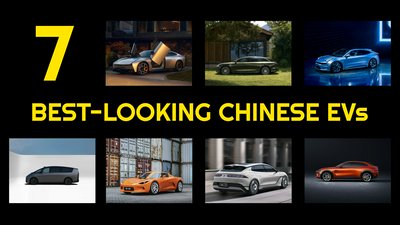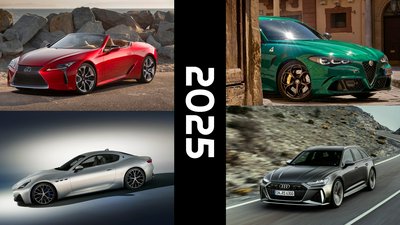techXXX
Four-Cylinder Petrol Engines: Characteristics & the Ranking of Ten Popular Examples
Today, I talk about four-cylinder petrol engines and rank some of the more representative models from popular manufacturers.
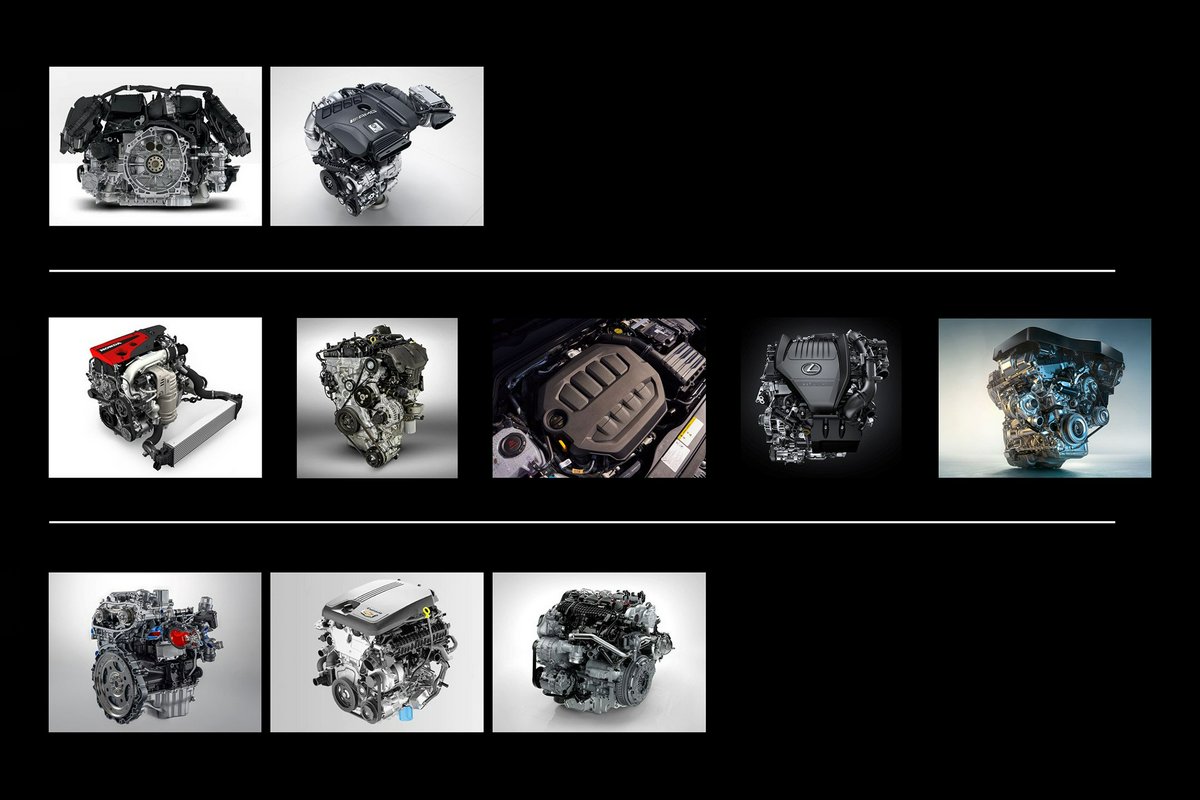
Today, I talk about four-cylinder petrol engines and rank some of the more representative models from popular manufacturers.
To begin with, I want to discuss four characteristics of four-cylinder petrol engines: balance, forced induction, fuel injection, and working cycle.
First, engine balance affects an engine’s rev limit and thereby its power limit; it also affects the engine’s durability. With only four cylinders, a four-stroke engine does not have overlapping power strokes, or at least cannot sustain the overlap in the case of uneven firing order. In the case of inline-4 with flat-plane crank, the engine also has secondary imbalance that usually requires balance shafts that rotate at twice the speed of crankshaft. This setup is limiting but necessary in all but motorcycle engines. A boxer-4 has a rocking couple, because the two opposing pistons are attached to the crank at an offset. This is usually considered small and not compensated for. Usually, a boxer-4 is able to rev higher as a result.
In motorcycles, cross-plane inline-4 and V4 setups are common. Neither is found in cars today.
Second, four-cylinder petrol engines have small displacements. By today’s standards, they really need forced induction to deliver satisfactory performance. Almost every manufacturer uses turbocharging, though some use supercharging. The problem with turbocharging is that it adds back pressure and impedes exhaust flow. This is not a problem with supercharging. Hence, a supercharged four-cylinder should be able to rev higher and deliver more power. You can see that among the engines below many are using tricks with the exhaust camshaft to address some of the turbo-related issues. You can also see broad applications of integrated exhaust manifold to retain heat in the head, something that until a few years ago people would work to avoid.
Third, port injection is more important for power: whereas DI injectors only fire towards the end of the compression stroke, port injectors can fire almost continuously. However, people want efficiency. For reliability as well as big power, it is preferable to have both systems.
Four, many modern small-displacement engines are not limited to a single working cycle. Besides the common Otto cycle, efficient engines can use Atkinson and/or Miller cycles. Mazda’s Skyactiv-X even adds compression ignition. These improve fuel efficiency but usually are not so great for peak power. If I am not mistaken all the engines below run the Otto cycle.
With these characteristics in mind, let us look at 10 engines in production in 2024 and how I rank them into three tiers.
Tier 1

Porsche MA2.2 / MA2.22
In Tier 1, the first is Porsche’s MA2.2 and MA2.22 boxer-four found in the 718 Cayman and Boxster. These engines take advantage of the inherent power potential advantages of a boxer setup and pushes it with a severely over-square design by red-lining at 7500rpm.
The 718 is a Porsche for the purists. Many even prefer it to the 911.
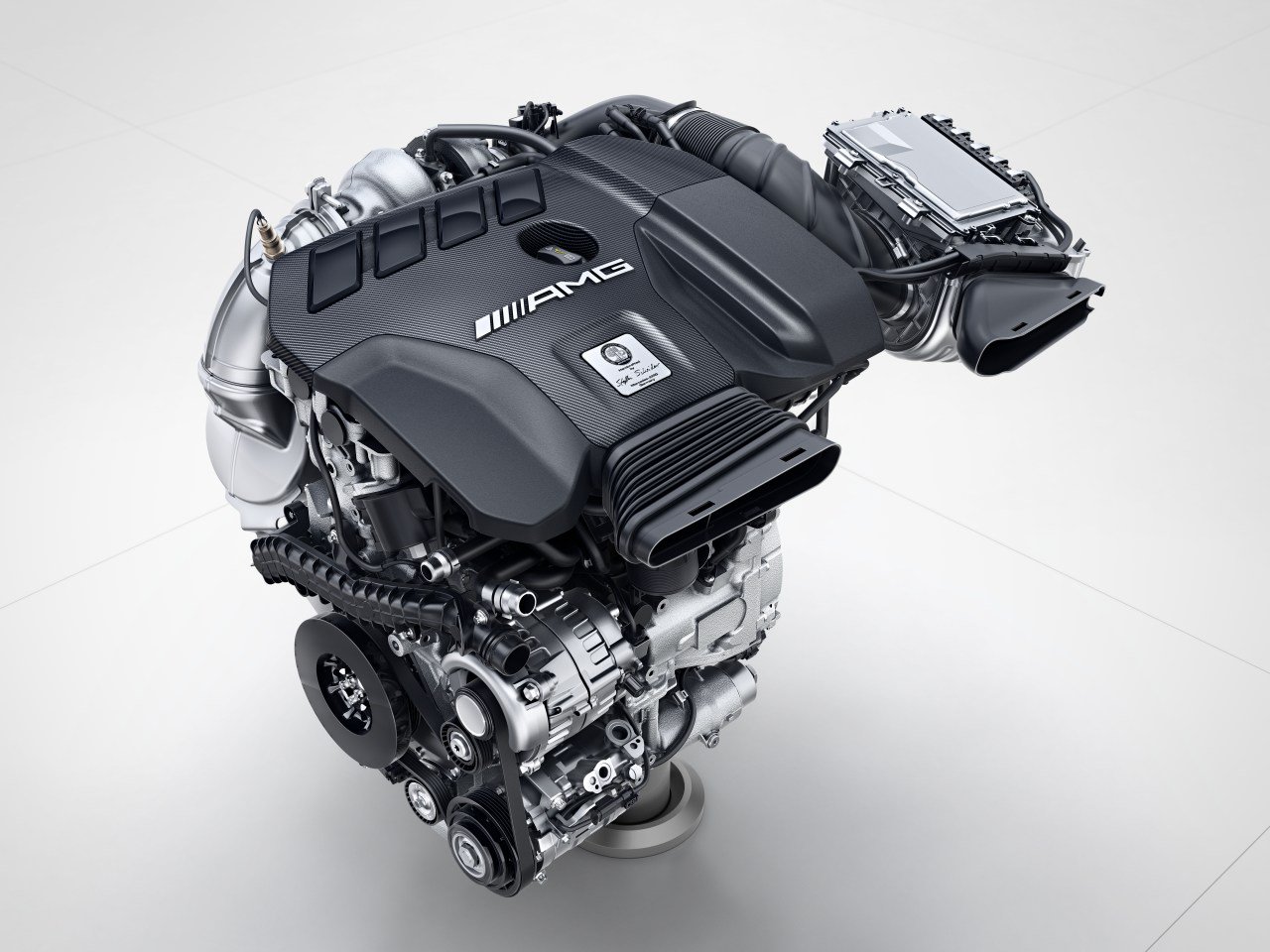
Mercedes M139
The M139 is the most powerful four-cylinder engine today. It uses CAMTRONIC variable valve control for the exhaust side. This system is akin to Honda’s VTEC. A first for AMG is the use of both direct and port injection systems. This allows it to have both high efficiency at low load and high power ceiling.
The M139 is a highly boosted engine. One essentially gets a tuned engine with factory warranty on it. Unfortunately, Mercedes is using an oil-bathed belt to drive the oil pump, which is continuing a theme I talked about on the M177. This type of belt disintegrates overtime, and the engine loses oil pressure when it fails.
Tier 2

Honda K20C
Beginning with Tier 2, I have Honda’s K20C. Honda’s K20A was widely loved. The K20C builds on its formula but adds turbocharging. Notably, Honda now uses VTEC only on the exhaust cam.
Like other K series engines, the K20C has an open-deck design. Despite being turbocharged, it still revs to 7000rpm or thereabouts.
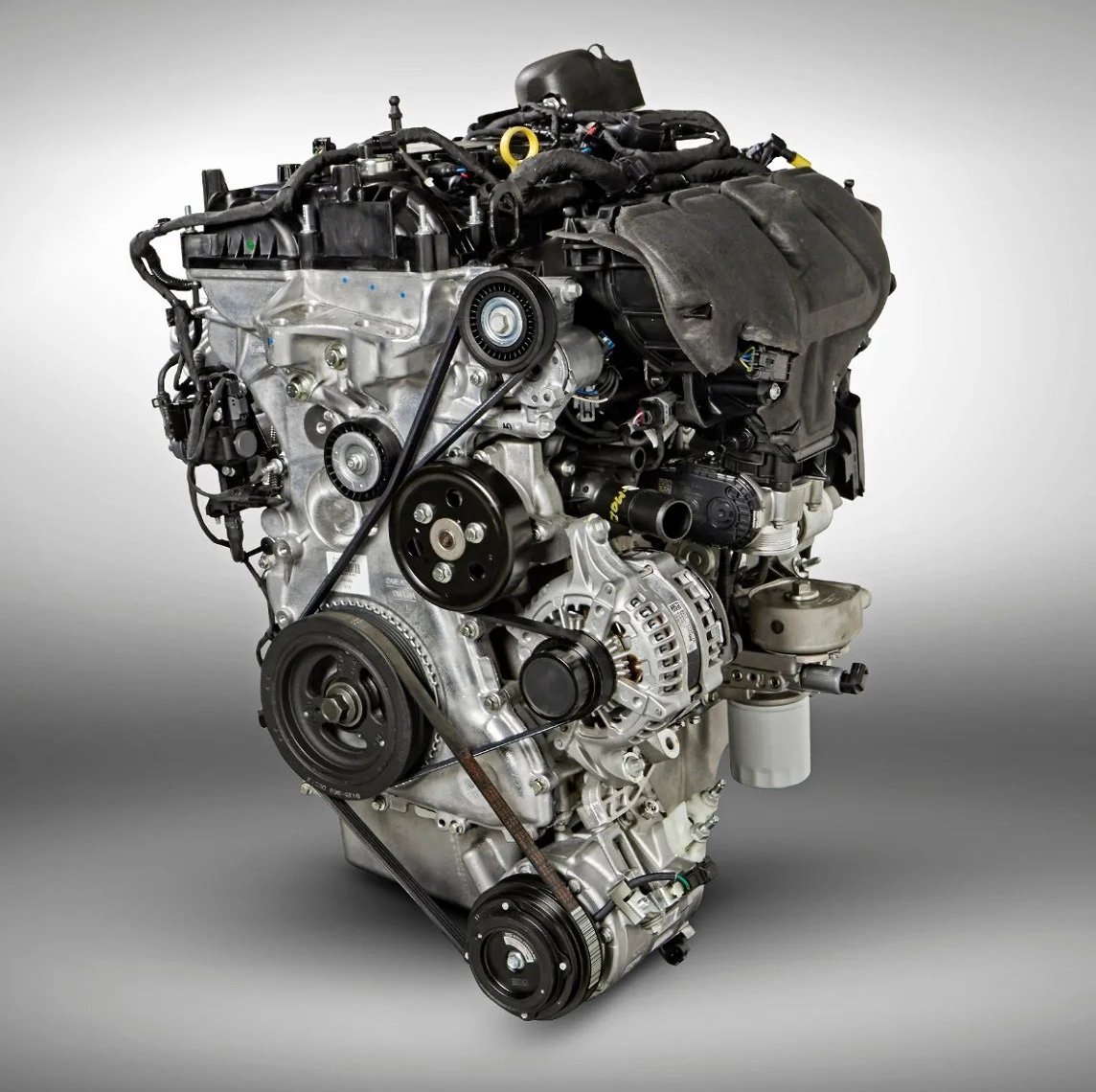
Ford EcoBoost
The current EcoBoost inline-4 engines have two displacements that differ in stroke. Like the Honda, it has an open-deck block. The 2.3L unit also employs a ladder frame for the main journals.
Overall, this EcoBoost has a quite simple design and is very reliable. It ranks high also because it has some interesting applications, including the Ford Bronco with manual transmission, which makes for a great platform for off-roading.
If I were to design a four-cylinder engine, and of course I am not saying that I know how, I would probably come up with something like the EcoBoost, but maybe with a larger bore and maybe 2.5 to 3.0 litres in displacement.
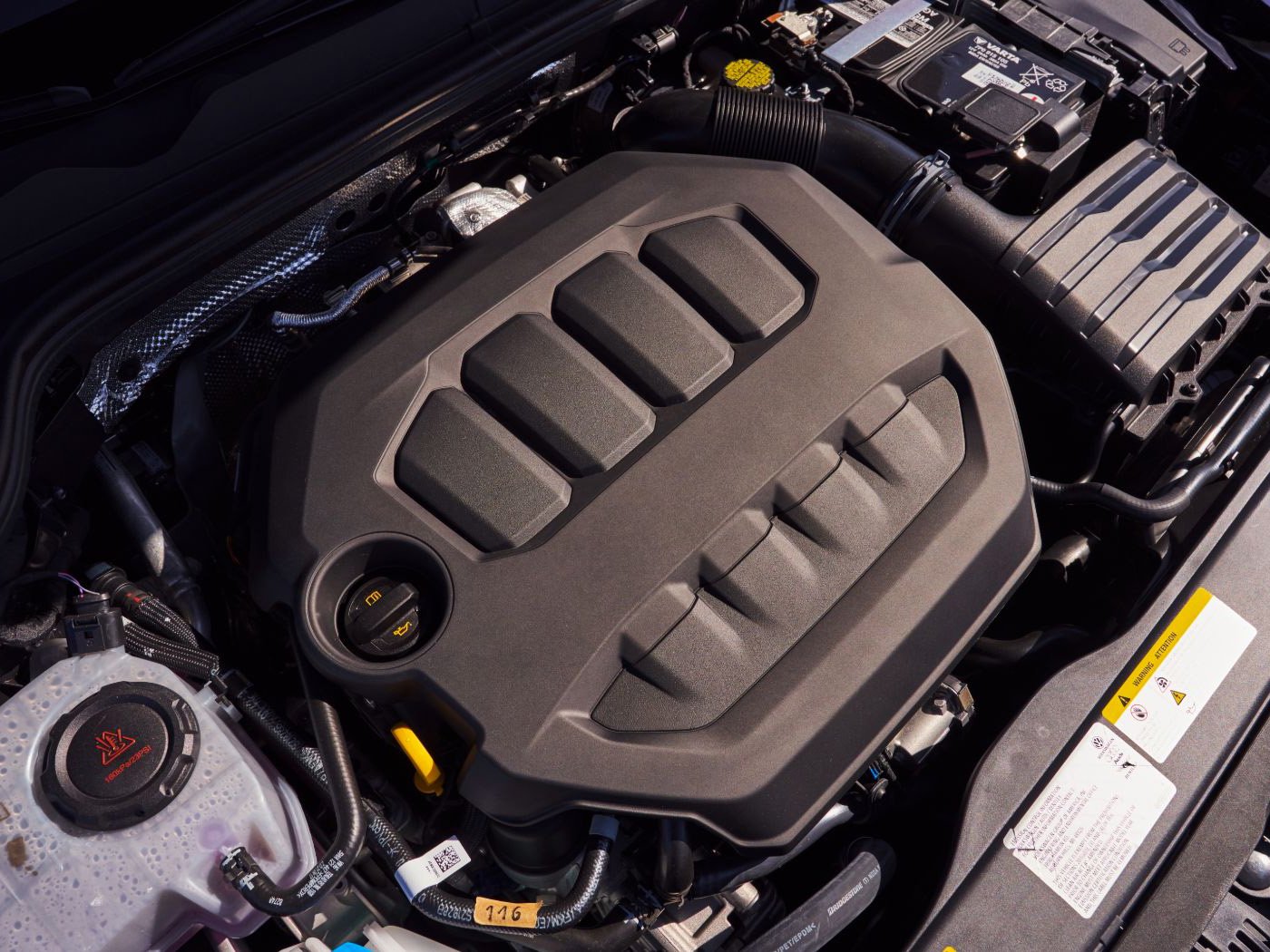
Volkswagen EA888 Evo4
The 4th-gen Volkswagen EA888 is an evolution of the Gen3 unit. Most notably, it adds port injection and switched to an improved turbocharger. Hopefully, this resolves direct injection-related issues that VW has long suffered. Since the EA888 Gen3 is already the most reliable engine in Volkswagen’s lineup, the Evo4 is probably one of the better German engines out there.
At the same time, the EA888 is one of the last engines that use a cast iron block, in this case with a closed deck design. This means that the engine has a very strong bottom end.
The EA888 Evo4 has a similar variable valve lift system on the exhaust side to that found in the M139 and K20C.
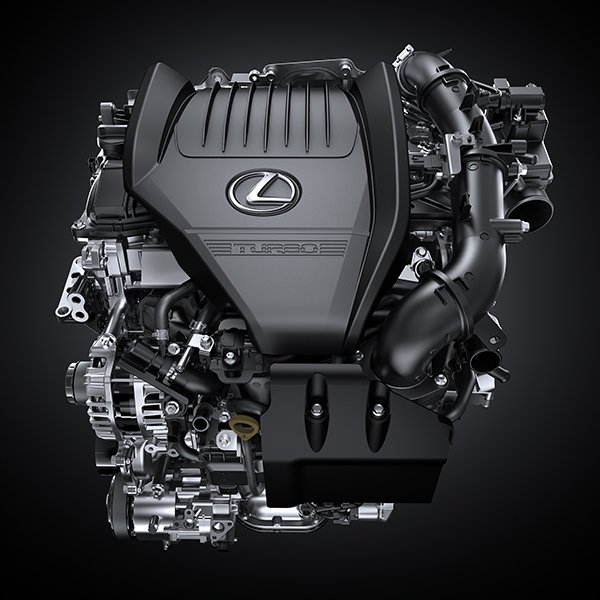
Toyota T24A
Toyota is known as the company that does not take risks. The T24A-FTS is a belated turbocharged platform intended to replace the 2GR V6. As has long been the case across Toyota’s lineup, the engine uses both direct and port injection systems.
One thing to note is that Toyota moved to an electric control valve instead of a traditional thermostat. Since this is already a proven technology, we can hope that it does not hurt Toyota’s legendary reliability. In other aspects, this is a very simple engine by today’s standards.
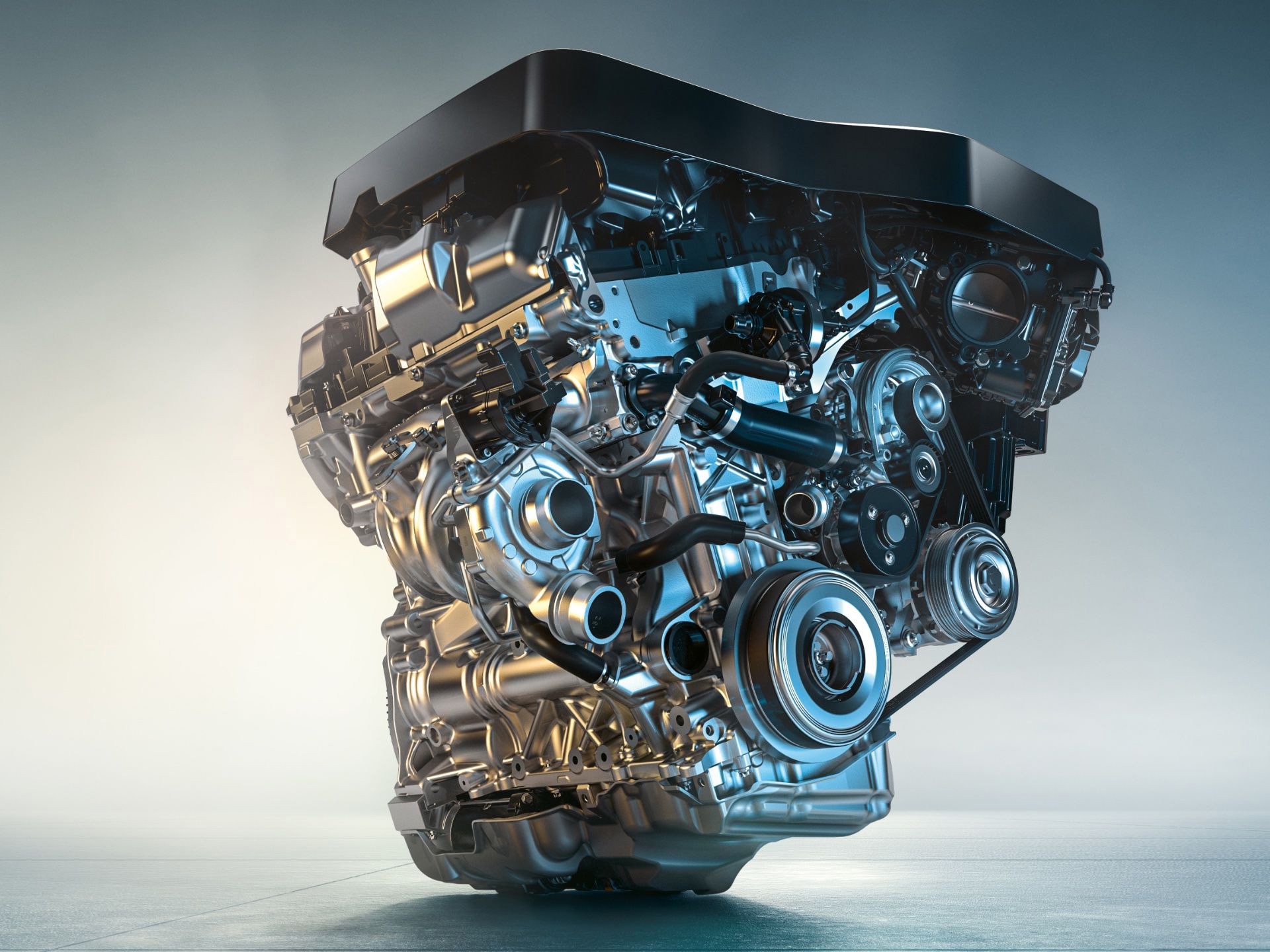
BMW B48
BMW’s approach to inline-4 is different to most manufacturers, because the B48 is designed as a B58 minus two cylinders. It also shares the block with the diesel B47, for which reason it has a closed deck. In other terms, it is no more complex than the N20 that it replaced.
Since this engine was introduced a decade ago, it has a well-established reliability record, which is fair for a German unit, but definitely not comparable to a Japanese I4. In my opinion, the best application of this engine is in the F56 MINI hatchback.
Tier 3
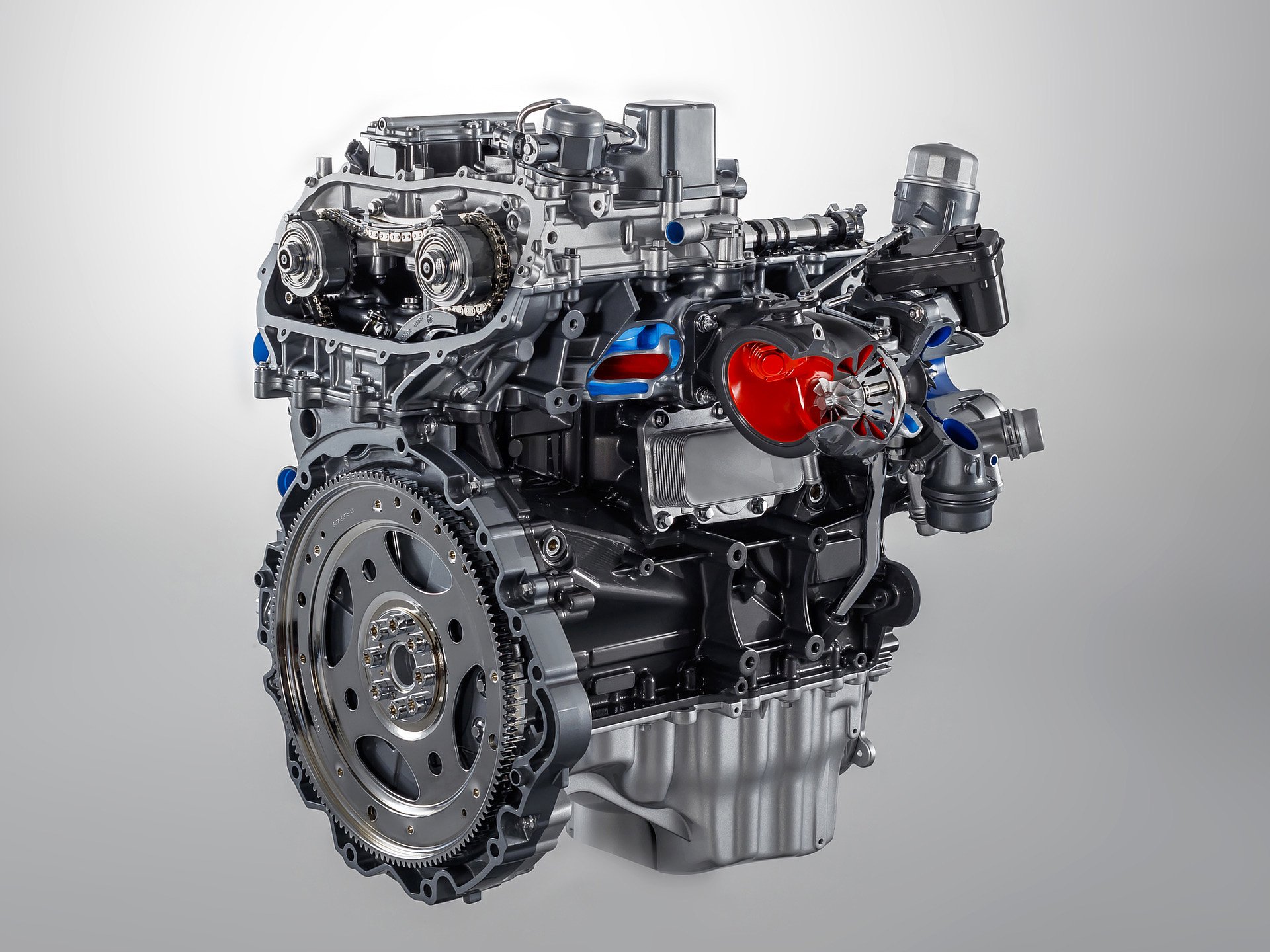
JLR Ingenium AJ200
The Ingenium AJ200, while not a very bad engine, is considerably less reliable than the 3.0 AJ126 V6 that it replaced. This is not to say that the AJ200 is horrible, in all likelihood quite the opposite, as most reported issues are with its diesel variant AJ200D. A notable feature of the engine is the use of a variable valve lift unit for both the intake and the exhaust camshafts.
By the way, the AJ126 is a curious case because it used almost the same block as the AJ133 V8; this resulted in a longer engine with a longer crank. One would think that Jaguar could have saved some money without the rearmost quarter of the engine. I personally much prefer the AJ126 and AJ133 on a Jag than the current crop of Ingenium motors.
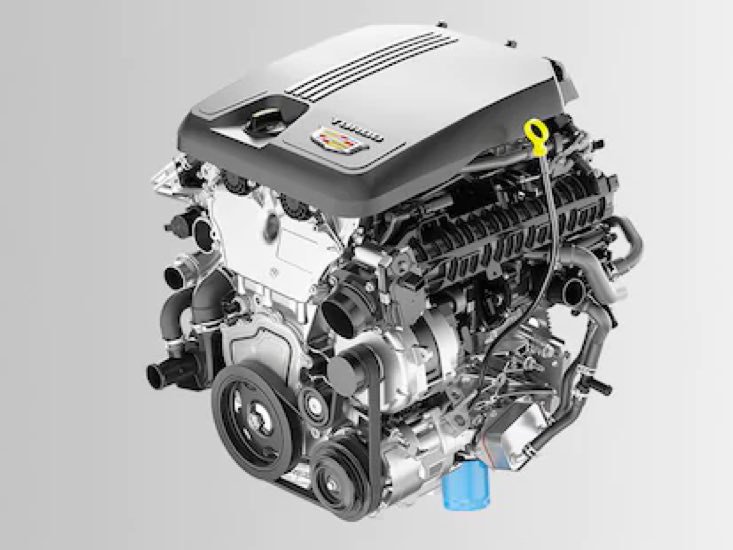
GM LSY
GM’s LSY engine is an engine that prioritizes fuel economy and does not stand out. What is interesting is that this small engine still uses GM’s Active Fuel Management system. This engine is overall uninspiring and quite dated.
GM has introduced a 2.7L L3B in recent years, and there are talks of a 2.5L turbo unit. I did not put the L3B in this list because that would make Tier 3 eerily empty. The L3B is closer to what I think as the ideal inline-4 design even than the EcoBoost.

Volvo VEP4 Gen3
Volvo’s VEA engines was introduced after Volvo came under Geely’s ownership. It made Volvo the first major manufacturer to move to a single engine family. The VEP4 are the four-cylinder petrol motors.
A notable feature of the T6 and T8 engines are the use of a small Eaton Roots-type supercharger in conjunction with a turbocharger.
While the VEP4 engines were sub-par at launch, Volvo continued to improve their reliability till a point that the latest variants are comparable to most European manufacturers in terms of reliability and performance. Still, these are a far cry from the legendary Redblock engines.
